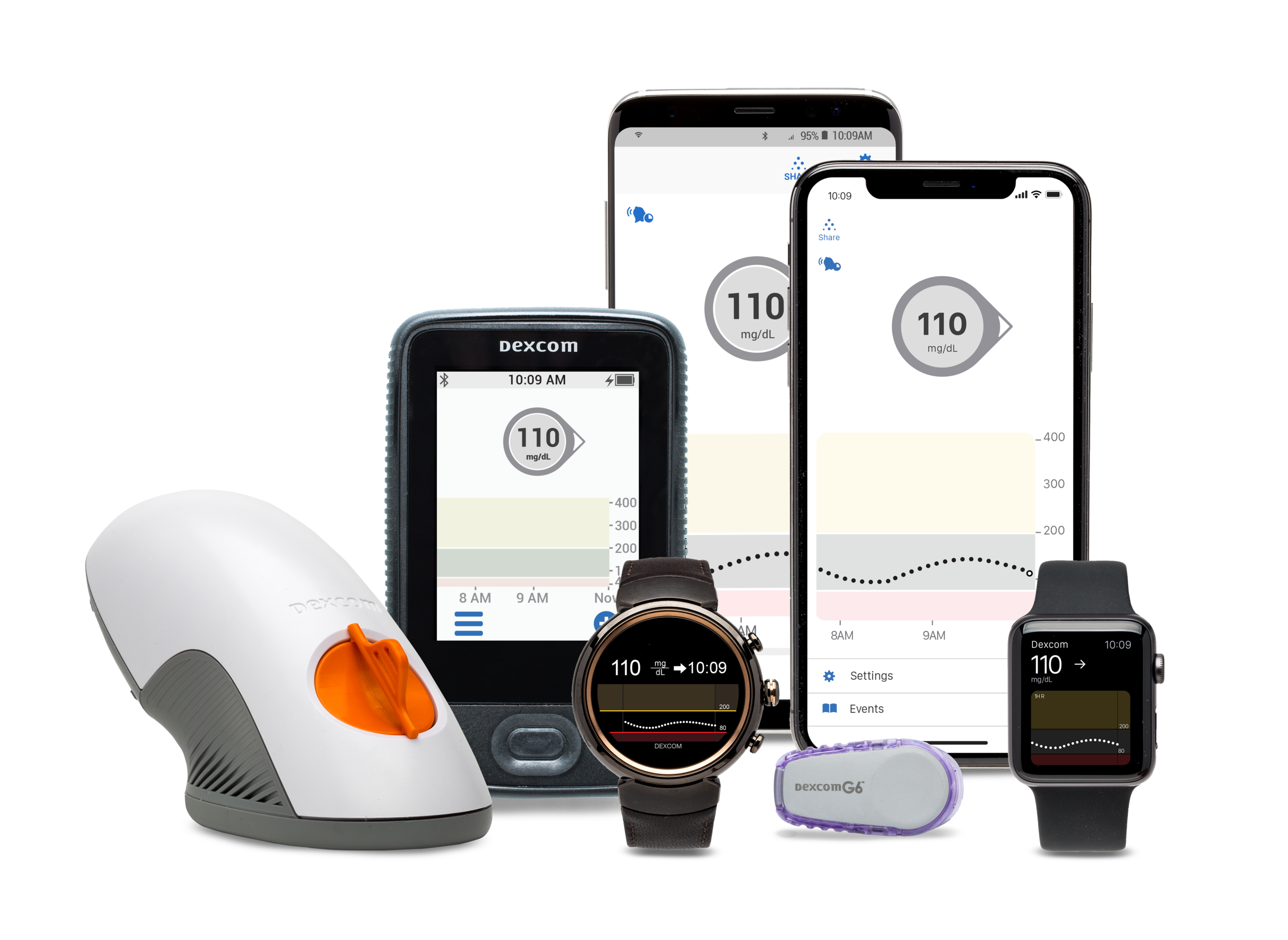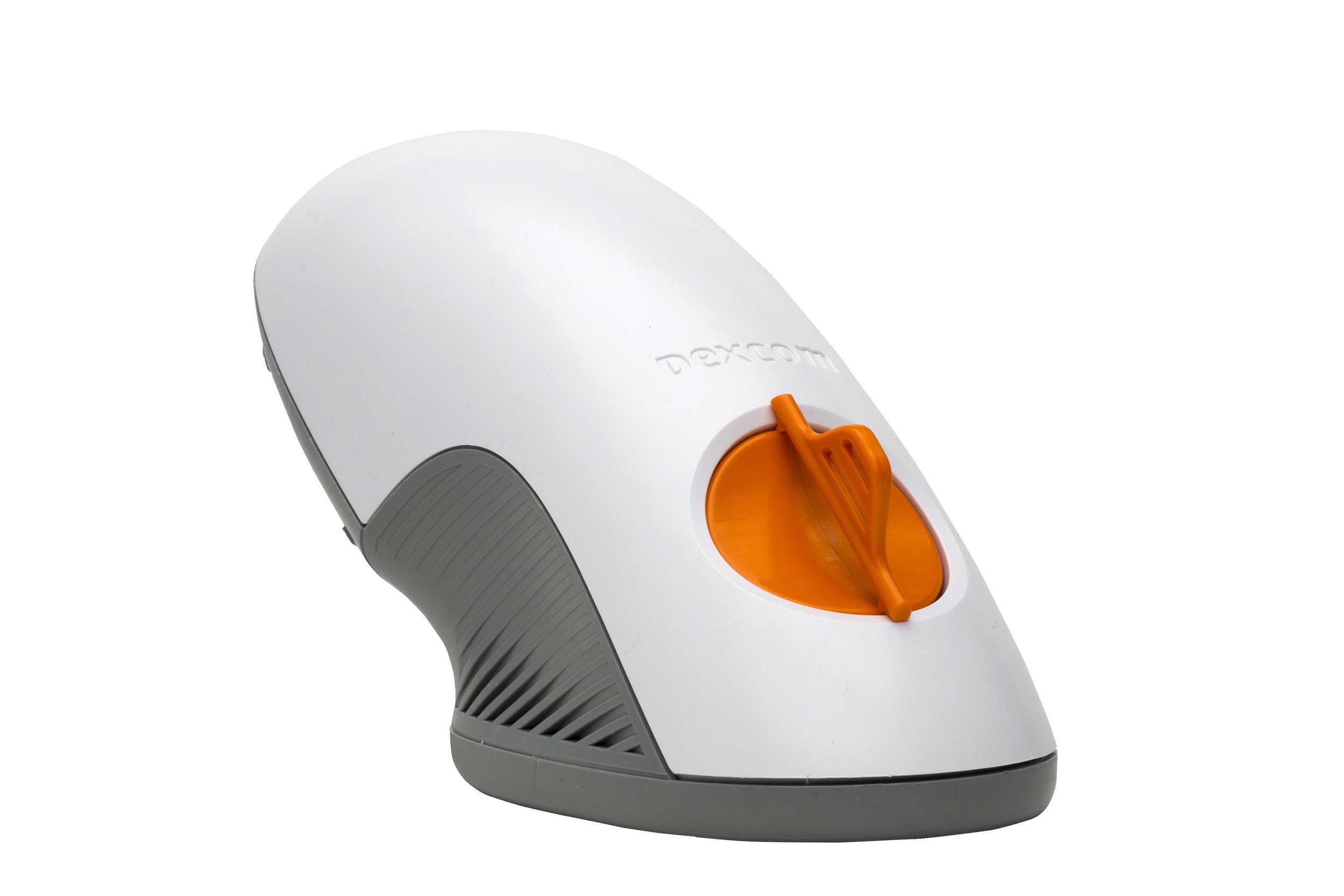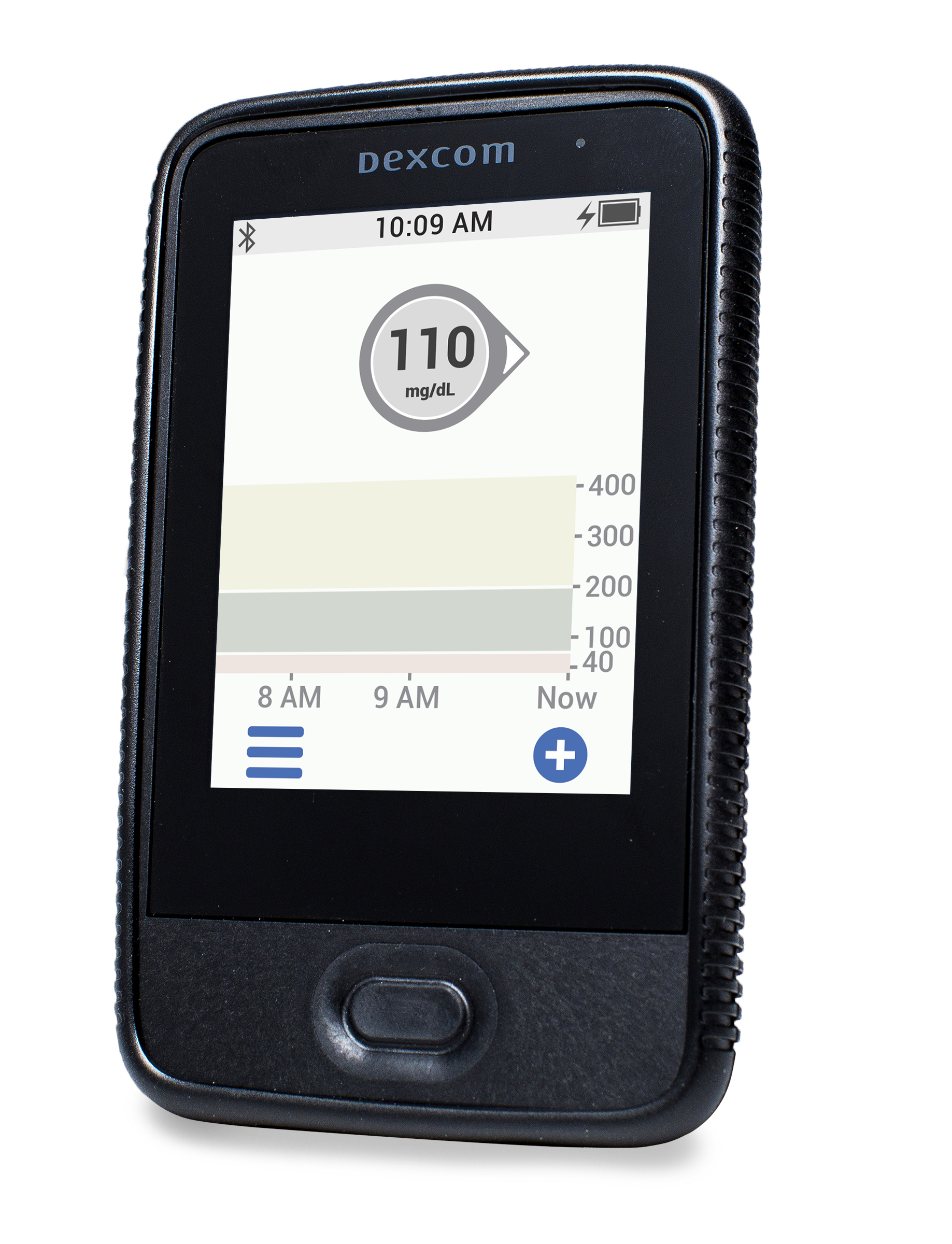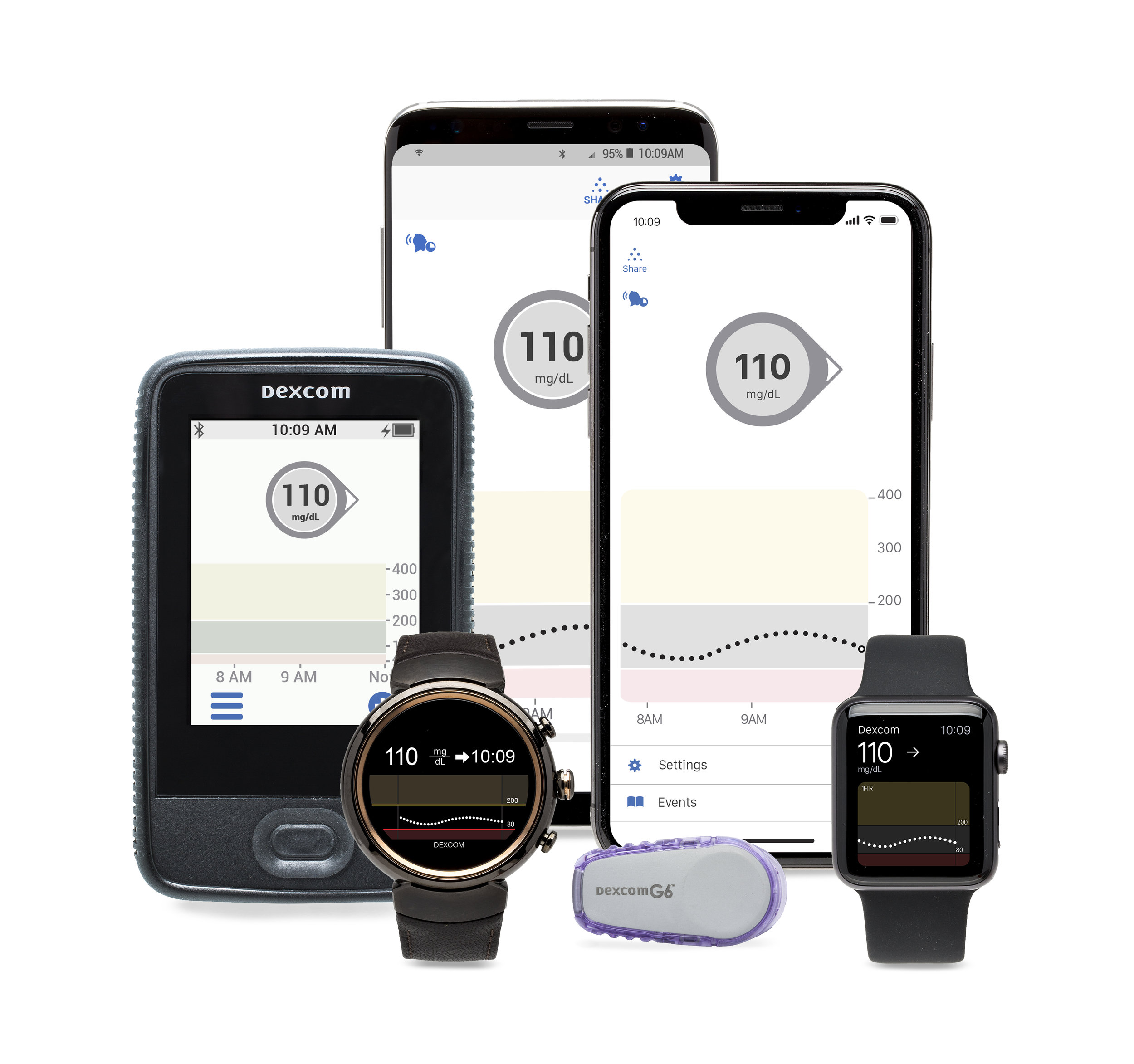UPDATED: Dexcom G6 Restart
How to Extend the Dexcom G6 Sensor Beyond the Ten Day Hard Stop...
I’ve used this method multiple times using the code and once without the code, all with success. Original method is below.
Original post below. Updated method above this text.
Reposted with permission from Diabetes Daily's David Edelman.
Some clever technologists have discovered how to restart a Dexcom sensor to extend its life beyond ten days. The process works by exploiting a bug in the sensor pairing process.
Katie DiSimon walked us through the process. Katies is involved in the community of people who are building homemade automated insulin delivery systems using current insulin pumps and continuous glucose meters.
In phone’s Bluetooth list, “forget” the Dexcom transmitter from the list.
Go to G6 app and stop sensor session. Click yes to end it despite all the warnings.
Then choose to start a new session. Choose the “no code” sensor session.
Wait 2 hours and 5 min. If any pairing messages come up for the transmitter during the wait, say no.
After the wait, restart the phone and open G6 app. This will trigger the phone to try to re-pair with the transmitter. Accept the pairing request.
You may need to restart the phone one more time, but then you’ll be greeted with two calibration requests and a new sensor session.
The directions above are for how to restart the sensor without using the receiver. During the restart process’ 2-hour wait, you will not be receiving current glucose readings, similar to any new session start-up process.
If you have the G6 receiver, you have the opportunity to use the receiver for the restart and continue to still receive current glucose values throughout the 2-hour wait. Here are the instructions in the video below.
Use your G5 or G6 receiver to bypass the 2 hour warmup (note: technically I filmed these from a couple different restart sessions, and then edited them in the correct order for a single video...so ignore timestamps on my phone in the video if you are nit-picking. LOL.)
You must start and finish the restart process prior to your existing sensor session expiration. Katie recommended setting an alarm on your phone for day #9 of your G6 session, so you can avoid rushing at the last minute. If you do miss the window and your session expires before you restart it, and the ten-day hard stop happens, you can still restart the sensor. This would just mean that you have to first reset the transmitter.
Instructions for all the options can be found on this page.
The Caveat to the Hack
The Dexcom G6 has not been tested or approved by the FDA for restarting sensors. There is no guarantee of sensor accuracy. Extend the sensor life only at your own risk.
A previous version of this post was updated to remove incorrect information.
The text is from Diabetes Daily. The art is my doing. I have not tried this process with Arden's G6 and I'm currently not planning on trying. I am sharing the article with confidence as I have never know Diabetes Daily to share inferior content. Let me know if it works!

Omnipod® Horizon™ System Significantly Improves Glycemic Control in Patients with Type 1 Diabetes
Good news for the future from Omnipod!
BILLERICA, Mass.--(BUSINESS WIRE)--Jun. 24, 2018-- Insulet Corporation (NASDAQ:PODD) (Insulet or the Company), the leader in tubeless insulin pump technology with its Omnipod® Insulin Management System (Omnipod System), today announced that positive results from the most recent clinical trial of the Omnipod® Horizon™ Automated Glucose Control System (Omnipod Horizon System) were presented during the American Diabetes Association (ADA) 78th Scientific Sessions in Orlando.
The study demonstrated that the Omnipod Horizon System performed well and was safe for over five days of use in adults, adolescents, and children with type 1 diabetes.
“In the era of personalized medicine, Insulet is committed to bringing our innovative technology to the global diabetes community and our clinical data give us confidence that the Omnipod Horizon System will be a significant advancement in diabetes management.”
The study was conducted in a supervised hotel setting under free-living conditions with unrestricted meals and moderate-intensity exercise and included patients who use multiple daily injections or traditional tubed insulin pumps as their standard therapy. Study participants spent significantly less time in hypoglycemia, more time in the target glucose range and had better overnight glycemic control compared to their standard therapy. The investigational device includes features that allowed study participants to customize their diabetes management by adjusting their target blood glucose levels and insulin delivery.
“We recognize that everyone’s treatment needs are different, and the Omnipod Horizon System provides individualized diabetes management to address real world challenges,” said Dr. Jennifer L. Sherr, MD, PhD, of Yale University School of Medicine. “One of the important features is the ability for users to tailor the system for exercise and high fat meals to maintain good glycemic control.”
During the study, glucose control was maintained in the target range (70 to 180 mg/dL) between 69% and 79% of the time overall, and between 74% and 85% of the time during the overnight period, across all age groups. Hypoglycemia was very low overnight, ranging from 0.7% and 1.3% of the time, across age groups.
“In the era of personalized medicine, Insulet is committed to bringing our innovative technology to the global diabetes community and our clinical data give us confidence that the Omnipod Horizon System will be a significant advancement in diabetes management,” said Dr. Trang Ly, Senior Vice President and Medical Director. “We are very pleased that for the second consecutive year, Omnipod Horizon System research was highlighted in the official ADA Press Program based upon its overall excellence in furthering research and advancing treatment for people with diabetes.”
Quincy the Koala uses Dexcom G6 (with video)
Koala with Diabetes at San Diego Zoo Receives Help from Dexcom G6
A group of San Diego based experts came together June 1, 2018 to help a koala with diabetes at the San Diego Zoo. The koala, a male named Quincy, has been diagnosed with type 1 diabetes.
Media release from the San Diego Zoo, Dexcom and Scripps Health
The experts, representing veterinarians, endocrinologists from Scripps Health, biotechnology professionals from Dexcom and San Diego Zoo animal care specialists took a course of action designed to better manage Quincy’s blood sugar levels through the application of a glucose monitor.
“Very few koalas have been diagnosed with and treated for diabetes. Quincy currently requires insulin injections, which are based on his blood sugar level.With a continuous glucose monitor, we may beable to monitor Quincy’s glucose levels throughout the day without having to disturb him. We are hopeful that thistechnology will work as well in koalas as it does in people, thus allowingus to optimize his insulin therapy while promoting his welfare during his illness.”
Learn more about Dexcom today!
The Dexcom G6 Continuous Glucose Monitoring System that Quincy is wearing is the latest innovation in diabetes management technology, which started shipping to people with diabetes earlier this month. The sensor and transmitter placed on Quincy sends his blood glucose levels in real time to a smart device monitored by his caretakers. With the new G6 technology, his veterinarians will no longer need to prick his skin multiple times per day to test his blood glucose levels. The Dexcom CGM also has built in alerts and alarms that will proactively notify Quincy’s caretakers before his blood glucose reaches dangerous levels.
A group of San Diego based experts came together June 1, 2018 to help a koala with diabetes at the San Diego Zoo. The koala, a male named Quincy, has been diagnosed with type 1 diabetes. Try a Dexcom CGM today - http://bit.ly/DexAd More at
“You can imagine what this technology means for Quincy,and any person trying to manage this challenging disease. Just like Quincy’s veterinarian, people with diabetes and their family or friends can monitor their glucose levels from a mobile device, providing around-the-clock safety and peace of mind.”
Koalas normally sleep during the day and are solitary animals. Animal care staff at the San Diego Zoo hope the new sensor will allow them to get more detail about Quincy’s glucose levels while also reducing the number of times they need to disturb him. "Quincy has an insulin deficiency type of diabetes, and needs insulin to control his blood sugar levels and ensure he gets the energy needed to help him build muscle, gain weight and stay healthy much like our human patients," said Athena Philis Tsimikas, M.D., corporate vice president of the Scripps Whittier Diabetes Institute. "Hypoglycemia abnormally low blood sugar is a safety concern, and the limiting factor to using the right doses of insulin, especially in an animal that can’t tell us their symptoms. The continuous glucose monitoring now allows optimal dosing to best manage Quincy’s diabetes." The application of the monitor went smoothly, and animal care staff said they look forward to having information that will help them develop a treatment plan to improve Quincy’s condition. Quincy’s diabetic condition was initially diagnosed by veterinarians at the Los Angeles Zoo, where Quincy was living at the time. He was transferred to the San Diego Zoo for continued advanced diagnosis and treatment. Diabetes has rarely been documented in koalas, and animal care experts do not know what may have triggered this condition in Quincy.
Dexcom G6 APPROVED by FDA: All the pics and video are here
The Dexcom G6 Continuous Glucose Monitor has been approved by the FDA!
I have so much media to share with you but before you dive in here are some things that you can look forward to:
- Zero fingersticks – No fingersticks needed for calibration or diabetes treatment decisions
- One-touch applicator – Redesigned one-touch applicator that is virtually painless
- Low-profile wearable – New transmitter with a 28 percent lower profile for comfortable wear
- Mobile compatibility – Compatibility with smart device apps to display and share glucose information with up to five people
- Alerts and alarms – Customizable alerts and alarms to proactively warn users of pending dangerous high and low blood sugars
If you have any questions for Dexcom about the new G6 please leave them in the comment section. Okay, have fun with he pics and video!
WATCH: G6 Product Video

PICS: Scroll and smile
Excited? Get your Dexcom today!
Daylight Savings Time
Don’t forget -- your microwave isn't the only clock that requires adjusting tonight.
The clocks in your meters, insulin pumps and CGMs need to ‘Spring Forward’ as well… #diabetes #daylightsavingstime
Important: Some insulin pumps may not offer bolus calculations for a period of time after you make clock adjustments.

PHOTO: National Geographic - news.nationalgeographic.com
Photo of a man adjusting giant clocks. Peter Shugrue checks a clock at the Electric Time Company factory in Medfield, Massachusetts, on March 8, 2013.





























